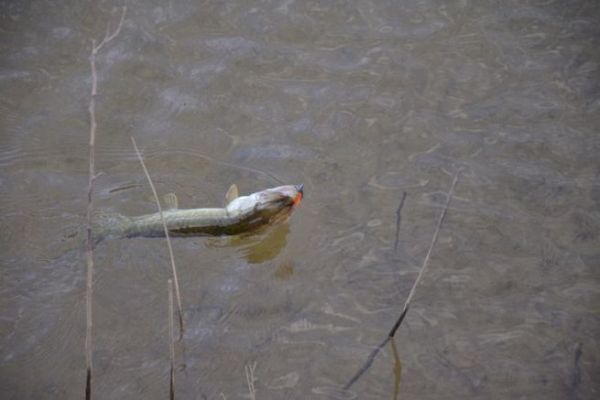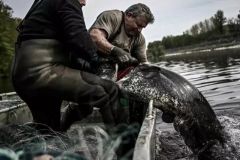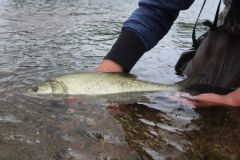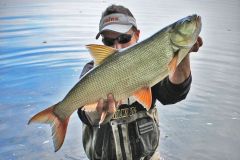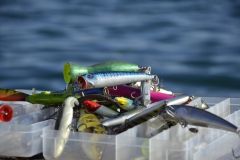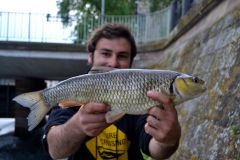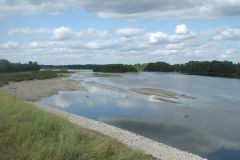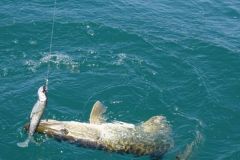Depending on conditions
There are many lakes and ponds with record-breaking pike numbers, both in length and weight. However, this is not the case for all lakes and ponds, which is why you need to know how to adapt to the pike population in your area. Throwing big baits all day long, hoping to hook a metered pike in a lake where there are none, obviously makes no sense.
In the same way, don't try to get a very large fish to bite without first scouting out the areas where they may be holding. Sometimes it's the small fish that are active and you're unlikely to come across a big one.
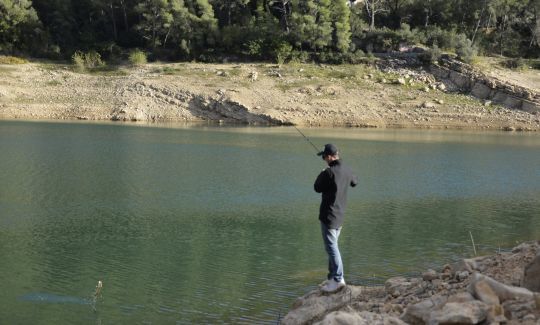
Understanding fish behavior
Fishing is a sport in which you have to remain humble towards the fish. Whether you're a beginner or an expert, it's the fish that chooses whether or not to bite. The best way to tell the difference between a beginner and an expert is to compare previous experience and knowledge of fish behavior. Unless you are sure, even before you start fishing, that the big fish are active, it's best to start by looking for small individuals.
Small pike are much easier to catch than large ones and are very good indicators of the activity and diet of other fish. Big or small, if pike are posted between 2 and 4 meters of water, there's little chance of a trophy at 8 meters. Similarly, if small pike appreciate a natural color, it would be inefficient to look for a big fish with a flashy color.
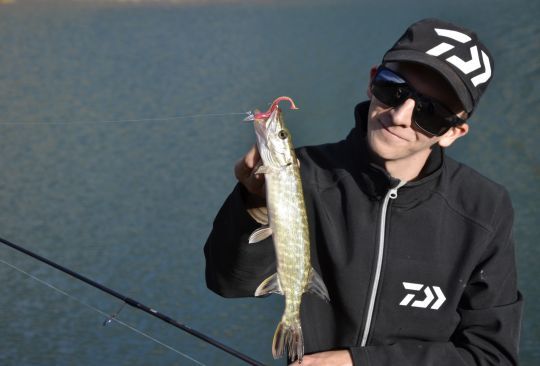
Reusing our knowledge
Every body of water in the world has its own particularities and fish behave differently there. It's very important to learn as much as you can about lure size, color, depth, season and time of day before you set out to stalk a giant. And don't forget that big pike don't always feed on very large prey.
In spring, for example, if 10-cm roach are spawning at the edges, a 120-cm pike won't go for a 25-cm prey, as its diet is defined by the prey it can find most easily. On the other hand, if whitefish are scarce, but young-of-the-year pike frequently venture out of their hiding places, the metre will be delighted to grab a few along the way. Knowing how to determine the diet of pike in a given body of water, and which areas to target according to the season, is essential before stalking the big ones.
